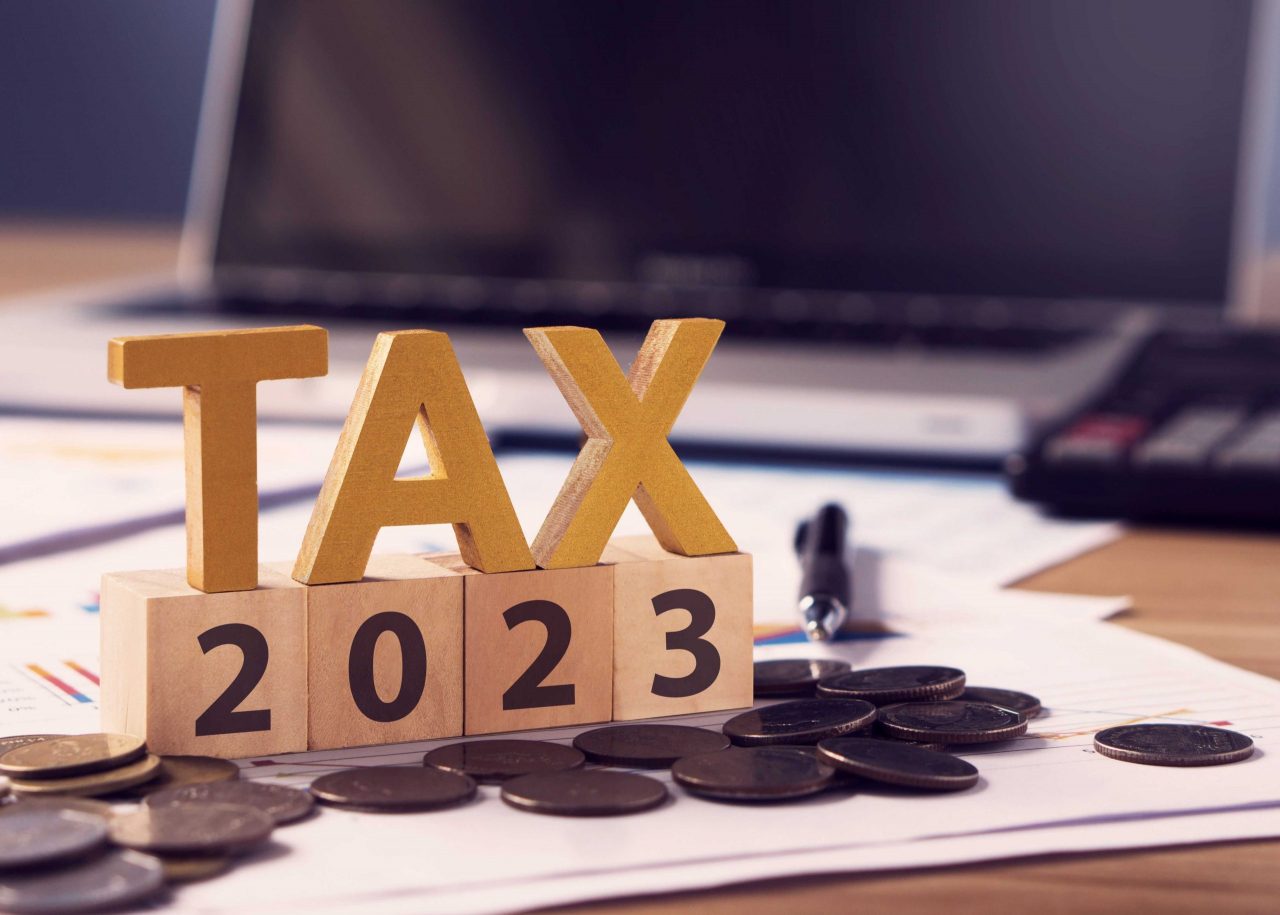
Most taxpayers sit down to do their annual tax return, or wait to hear from their tax return preparer, with some degree of trepidation. In most cases taxpayers don’t know, until their return is completed, what the “bottom line” will be, and it’s usually a case of hoping for the best and fearing the worst.
Most taxpayers are, of course, hoping for a refund – the bigger the better. And in most cases that hope is realized. Of the approximately 6 million tax returns filed with the Canada Revenue Agency between February 8 and March 18 of this year, 65% resulted in the payment of a refund to the taxpayer, while only 15% resulted in a balance owed to the Canada Revenue Agency. (The remaining 20% were nil returns.) However, while only a small percentage of returns put the taxpayer in the position of owing money to the government, that’s not much consolation to the taxpayers who find themselves in that situation.
The worst-case scenario, for all taxpayers, is to find out that they are faced with a large tax bill and an imminent payment deadline, and that they just don’t have the money to make the required payment by that deadline. This year, that deadline is Tuesday April 30, 2024 for ALL individual taxpayers (including self-employed taxpayers and their spouses who don’t actually have to file their returns for 2023 until June 15, 2024). That payment deadline is inflexible and, where payment in full is not made on or before April 30, 2024, interest charges on any unpaid balance will be levied by the Canada Revenue Agency beginning on May 1, 2024. Interest charges levied by the CRA tend to add up quickly, for two reasons. First, the interest charged by the CRA on outstanding tax amounts is, by law, higher than current commercial rates – the rate charged from April 1 to June 30, 2024 is 10.0%. Second, interest charges levied by the CRA are compounded daily, meaning that each day interest is levied on the previous day’s interest charges. It is for these reasons that a taxpayer is, where at all possible, likely better off arranging private borrowing in order to pay any taxes owing by the April 30, 2024 deadline.
Where the taxpayer can’t pay his or her tax bill out of current resources and is unable to borrow the funds to do so, there is another option. Like most creditors, the CRA would rather get paid on time and in full, but the Agency’s ultimate goal is to collect the full amount of taxes owed. If a tax bill can’t be paid, in full or in part, out of either current resources or private borrowing arranged by the taxpayer, the Canada Revenue Agency is open to making a payment arrangement with that taxpayer, providing him or her with the option of paying an amount owed over time, plus interest.
There are two avenues available to taxpayers who want to propose such a payment arrangement. The first is a call to the CRA’s automated TeleArrangement service at 1-866-256-1147. When making such a call, it is necessary for the taxpayer to provide their full name and address, date of birth, and social insurance number, and to have the Notice of Assessment for the last tax return for which they were filed and assessed. For taxpayers who are up to date on their tax filings, that will be the Notice of Assessment for the return for the 2022 tax year. The TeleArrangement Service is available Monday to Friday, from 7 a.m. to 10 p.m., Eastern time.
Taxpayers who would rather speak directly to a CRA client services agent can call the Agency’s debt management call centre at 1-888-863-8657 from 7 a.m. to 8 p.m. Eastern Time Monday to Friday, or can complete an online form (available at https://apps.cra-arc.gc.ca/ebci/iesl/showClickToTalkForm.action) requesting a callback from a CRA agent.
Finally, regardless of the taxpayer’s circumstances, there is one strategy which is, in all circumstances, a bad one. Taxpayers who can’t pay their tax bill by the deadline sometimes conclude that there is no point in filing if payment can’t be made. That’s the wrong decision, and also a costly one. Where an amount of tax is owed and the return isn’t filed on time, there is an immediate tax penalty imposed of 5% of the outstanding tax amount – and interest charges start accruing on that penalty amount (as well as on the outstanding tax balance) immediately. For each full month that the return isn’t filed, a further penalty of 1% of the outstanding tax amount is charged, to a maximum of 12 months. Higher penalty amounts are charged, for a longer period, where the taxpayer has incurred a late-filing penalty within the past three years. In the worst-case scenario, the total penalty charges can reach 50% of the tax amount owed – and that doesn’t count the compound interest which is levied on all penalty amounts, as well as on all unpaid taxes. In all cases, no matter what the circumstances, the right answer is to file one’s tax return on time.
Detailed information on the options available to taxpayers who can’t pay their taxes on time and in full can be found on the CRA website at Call us if you can’t pay in full or on time – Debt collection at the CRA – Canada.ca and https://www.canada.ca/en/revenue-agency/services/payments-cra/payment-arrangements.html.
The information presented is only of a general nature, may omit many details and special rules, is current only as of its published date, and accordingly cannot be regarded as legal or tax advice. Please contact our office for more information on this subject and how it pertains to your specific tax or financial situation.
